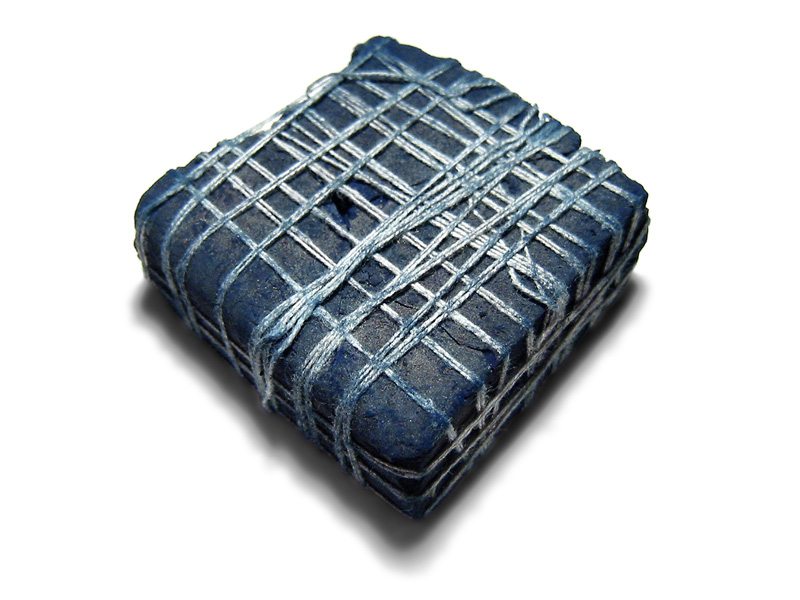Indigo refers to a range of blue hues, originating from the ancient dye of the same name. It encompasses the color of the dye itself, fabrics dyed with it, and even a spectral color, famously included by Isaac Newton as one of the seven rainbow colors. The term can cover various shades of blue, ultramarine, and green-blue. In the web context, 'indigo' is sometimes used to describe certain purple and violet hues based on HTML web page specifications.
1914: Indigo's use in French military coats
Indigo remained the dominant color of French military coats until 1914, after being adopted by the French Army at the time of the French Revolution. It briefly was replaced in 1806 due to shortages of indigo dye imposed by the British continental blockade, before being retained for its practicality.
1980: J.W.G. Hunt spectrum division
In 1980, color scientist J.W.G. Hunt divided the spectrum between violet and blue at about 450 nm, without specifically naming any hue as indigo.
1992: Publication of Marina Warner's novel Indigo
In 1992, Marina Warner's novel Indigo, a retelling of Shakespeare's The Tempest featuring the production of indigo dye by Sycorax, was published.
1999: Crayola indigo crayon release
In 1999, the Crayola company released an indigo crayon, using the hex code #4F49C6 on their website to approximate the crayon color.
2001: Crayola iron indigo crayon
In 2001, the iron indigo crayon by Crayola is portrayed using hex code #184FA1.
2004: Crayola indigo crayon color update
In 2004, the Crayola indigo crayon color is depicted by hex code #5D76CB.
2005: Publication of Guía de coloraciones
In 2005, 'Tropical Indigo' is defined as añil in the Guía de coloraciones (Guide to colorations) by Rosa Gallego and Juan Carlos Sanz, a widely popular color dictionary in the Hispanophone realm.
2006: Bohren and Clothiaux spectrum division
In 2006, color scientists Bohren and Clothiaux divided the spectrum between violet and blue at about 450 nm, without specifically naming any hue as indigo.
2019: Crayola iridescent indigo crayon
In 2019, Crayola's iridescent indigo crayon is portrayed by hex code #3C32CD.
Mentioned in this timeline
Blue is a primary color in both the RGB and...
Trending
Brady Quinn is a former American football quarterback who played seven seasons in the NFL He achieved college football success...
2 months ago Jaguars entertain trade possibilities for WR Brian Thomas Jr. as Steelers seek receiver.

Tim Patrick is an American professional football wide receiver currently playing for the Detroit Lions in the NFL He played...

Adam Thielen is a professional American football wide receiver who most recently played for the Carolina Panthers He is known...
2 months ago Fantasy Football Week 7: Start Jaylen Warren, Sit Chase Brown; Gainwell's Role

25 days ago Mike Tomlin Rumored to Want a Change, Possibly Leaving Steelers After Season.
Popular

Candace Owens is an American conservative political commentator and author...

Tucker Carlson is an American conservative political commentator known for...

XXXTentacion born Jahseh Dwayne Ricardo Onfroy was a controversial yet...

Ben Shapiro is a prominent American conservative political commentator media...

William Franklin Graham III commonly known as Franklin Graham is...

Bill Gates an American businessman and philanthropist revolutionized personal computing...

